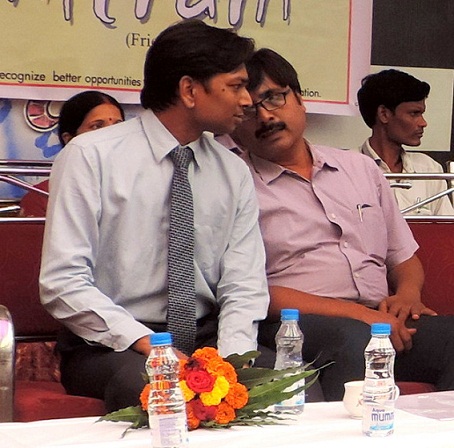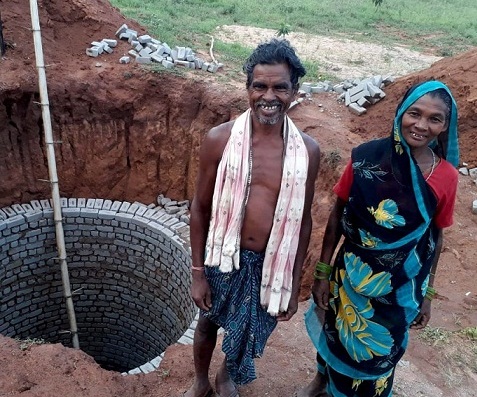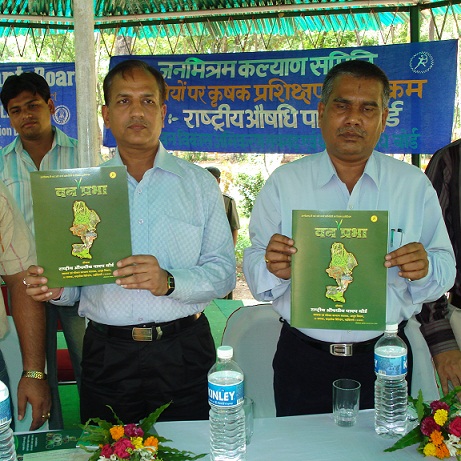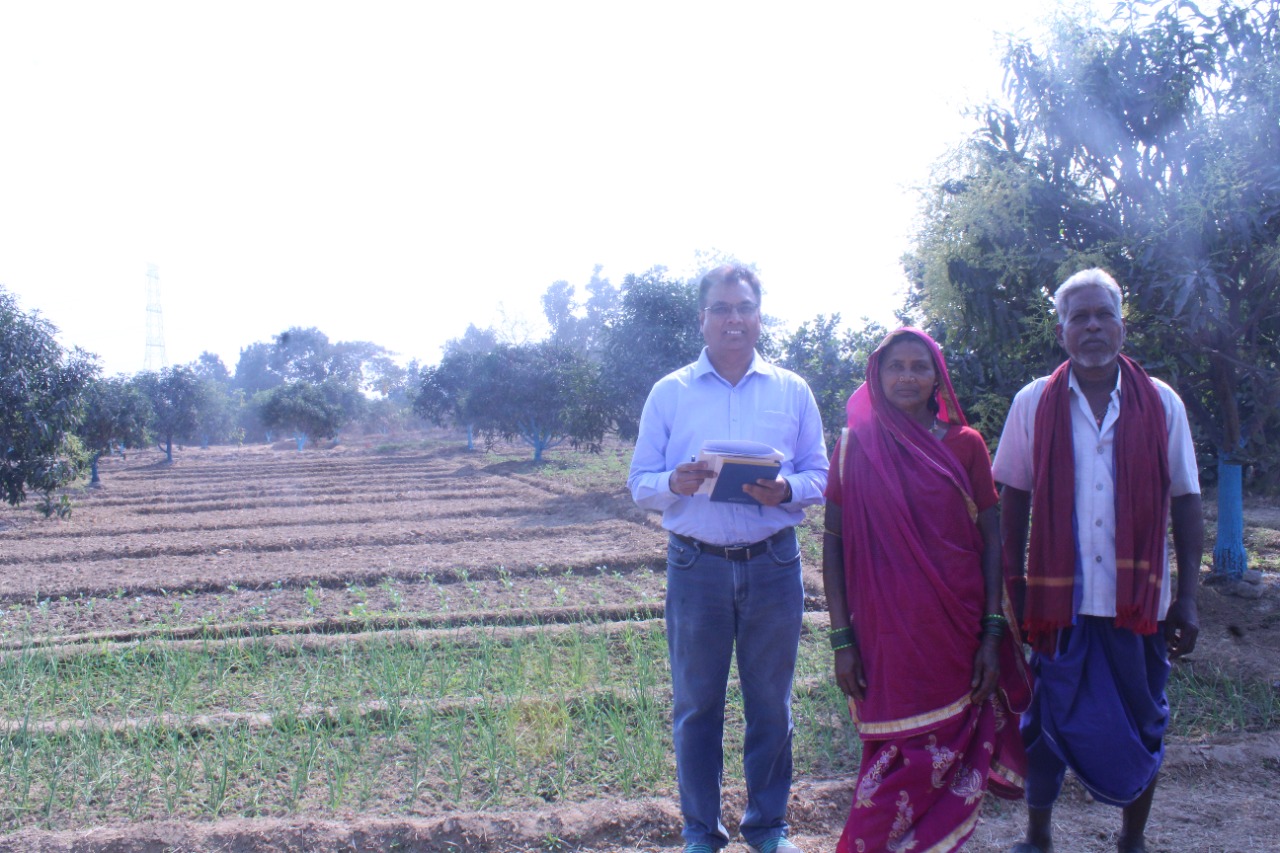01 Jan, 2026
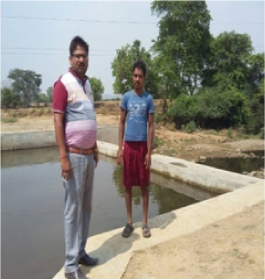

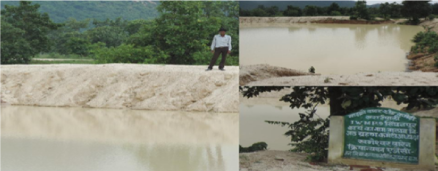
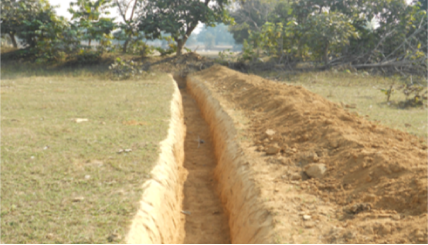


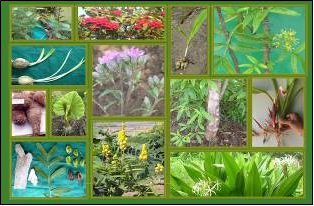
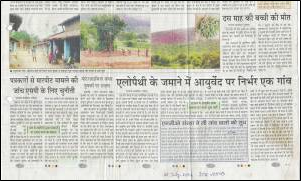 Selection of SHGs for MPs Cultivation
Selection of SHGs for MPs Cultivation
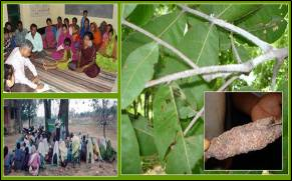 This Project on Medicinal plants cultivation was being
supported by National Medicinal Plants Board (NMPB) Department
of AYUSH, Ministry of Health and Family Welfare, Government of
India.
This Project on Medicinal plants cultivation was being
supported by National Medicinal Plants Board (NMPB) Department
of AYUSH, Ministry of Health and Family Welfare, Government of
India.
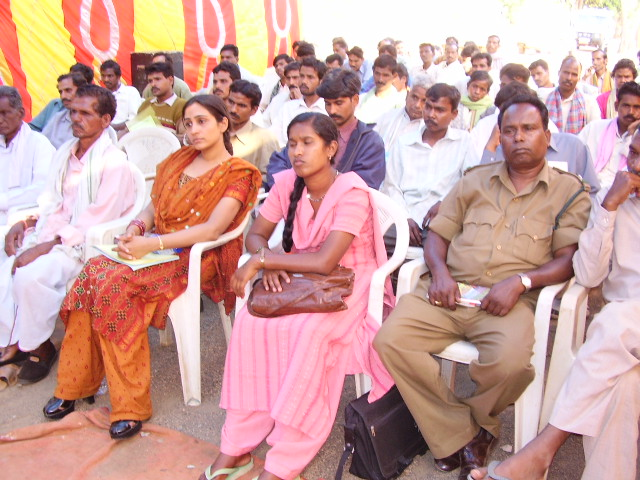
| SN | Block | No. Of SHG formed (With Saving Account opened in bank) | Total membership | Villages Covered | SHG Trainings Organized in the year | Total corpus fund |
|---|---|---|---|---|---|---|
| 1 | Gharghoda | 42 | 567 | 35 | 1 | 18692 |
| 2 | Kharsia | 12 | 146 | 8 | - | 6255 |
| Total | 54 | 713 | 43 | 1 | 24947 | |
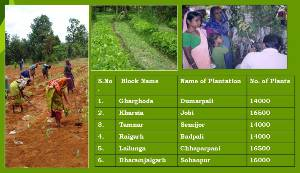
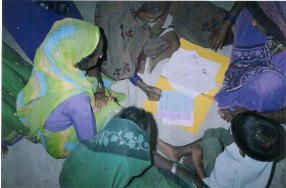
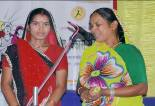
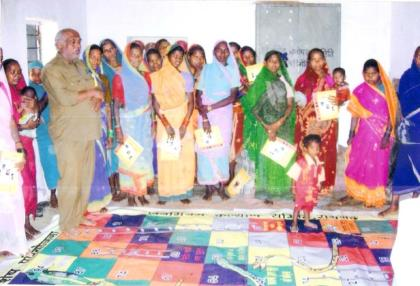
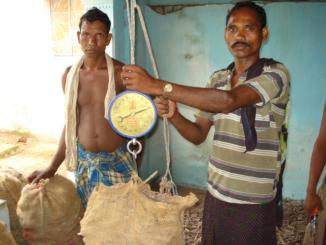
 Second Round of training was based on chosen income generation
activity of SHG. The curriculum consisted Entrepreneurship
development, Business Accounting, Marketing, Managing fiancé
and stocks etc. it also included technical skills regarding
business like Dairy, NTFP processing, fishery, Horticulture
and agriculture allied activities etc,.
Second Round of training was based on chosen income generation
activity of SHG. The curriculum consisted Entrepreneurship
development, Business Accounting, Marketing, Managing fiancé
and stocks etc. it also included technical skills regarding
business like Dairy, NTFP processing, fishery, Horticulture
and agriculture allied activities etc,.
 Most successful element of the programme was identification
and training of village resource person. The SANGWARI is a
youth or elder from village having interest in helping SHGs
were selected from village and went under sequential trainings.
(The trainings of SNGWARI was assisted by DRDA under BRGF and
discussed separately in this report.). These sangwaris
participated in trainings as trainers and later assigned to
assist SHGs in there nearby areas. This ensures ready to hand
availability of resource persons for SHGs and also generates
employment as they provide fee based services.
Most successful element of the programme was identification
and training of village resource person. The SANGWARI is a
youth or elder from village having interest in helping SHGs
were selected from village and went under sequential trainings.
(The trainings of SNGWARI was assisted by DRDA under BRGF and
discussed separately in this report.). These sangwaris
participated in trainings as trainers and later assigned to
assist SHGs in there nearby areas. This ensures ready to hand
availability of resource persons for SHGs and also generates
employment as they provide fee based services.
